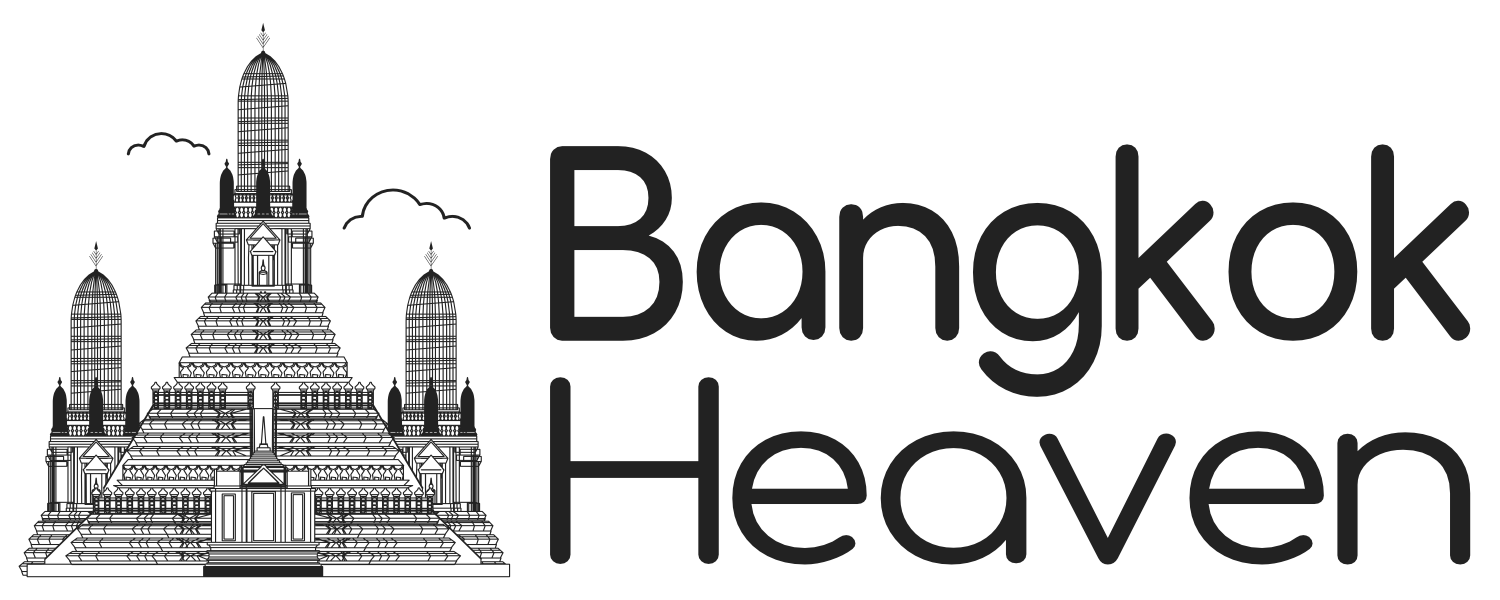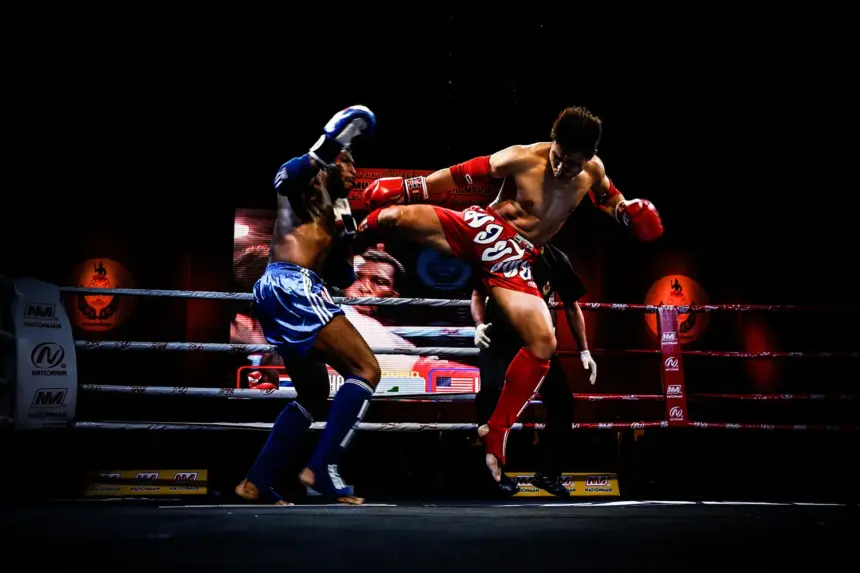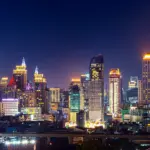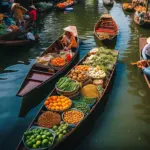From Battlefield to Global Stage: The Epic 1,000-Year History of Muay Thai
More than a martial art, Muay Thai is the living, breathing heart of Thai culture. Often called “The Art of Eight Limbs,” this dynamic combat sport has an astonishing history that spans over a thousand years, evolving from a battlefield necessity into a sophisticated global phenomenon recognized by the International Olympic Committee (IOC).
- Part I: The Ancient Roots – Survival on the Battlefield (Sukhothai & Ayutthaya Eras)
- Part II: The Golden Age of Kings and Rituals (Rattanakosin Era)
- Part III: Modernization and Standardization (Rama V to Post-WWII)
- Part IV: The Global Phenomenon and Olympic Recognition (1990s to Today)
- The Enduring Philosophy: Muay Thai as a Way of Life
Muay Thai’s story is a compelling journey of survival, tradition, and national pride. It’s a physical philosophy that teaches discipline, humility, and resilience. Whether you are a dedicated martial artist, a curious traveler, or simply a fan of combat sports, understanding the heritage of Muay Thai is essential to appreciating its intensity and beauty.
Get ready to step into the ring of history as we trace the origins of this powerful discipline, from the ancient kingdoms where it was born to the modern stadiums where world champions are crowned. This is the definitive guide to the history, cultural rituals, and global legacy of Thailand’s most treasured gift to the world.
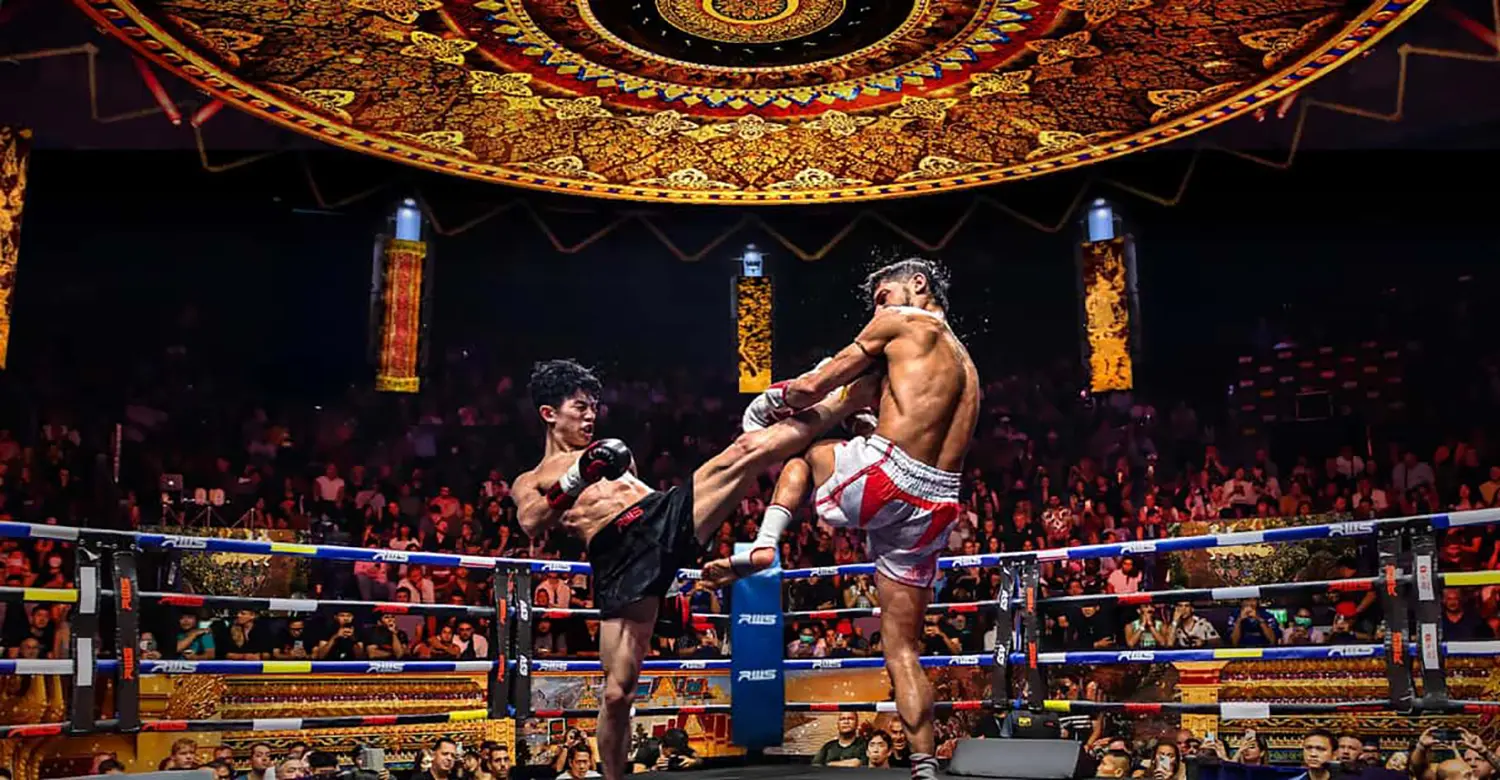
Part I: The Ancient Roots – Survival on the Battlefield (Sukhothai & Ayutthaya Eras)
The true history of Muay Thai is intertwined with the foundational history of the Thai nation itself. It was developed out of necessity—a practical, effective, and brutal fighting system designed for self-defense and survival in close-quarters combat.
Pahuyuth: The Genesis of the Eight Limbs
The earliest form of the martial art was known as Pahuyuth (or Pahuyut), meaning “fighting with many limbs.” In the ancient kingdoms of Sukhothai (13th-15th centuries) and the great city of Ayutthaya (14th-18th centuries), Siamese soldiers relied on this method when weapons were lost or broken in battle.
- When Weapons Fail: If a warrior lost his sword or spear, his body became the weapon. The hands, elbows, knees, and shins were trained as hard, cutting, and crushing tools. The use of all eight points of contact made the fighter highly effective against opponents, laying the foundation for what would become “The Art of Eight Limbs.”
- Military Training: Pahuyuth was an integral part of military training. Soldiers were required to master the art to ensure the defense and survival of the kingdom against constant regional conflicts.
The Legend of Nai Khanom Tom
No historical account of Muay Thai is complete without the legend of Nai Khanom Tom, a figure who embodies the national pride and fighting spirit of the sport.
- The Captive Warrior: In 1767, after the fall of Ayutthaya, Nai Khanom Tom was one of thousands of Siamese soldiers captured by the Burmese.
- The Freedom Fight: During a Burmese festival, Nai Khanom Tom was offered freedom if he could defeat a series of Burmese champions in a fighting competition. Without rings, rules, or professional preparation, he utilized the ancient Siamese fighting style to defeat ten consecutive Burmese warriors.
- The Legacy: His victory, often attributed to the powerful spirit and technique of the Siamese martial art, made him a national folk hero. His story is celebrated today, reminding every Muay Thai fighter of the values of courage, perseverance, and national identity. A special “Nai Khanom Tom Day” is celebrated annually in Thailand.
Part II: The Golden Age of Kings and Rituals (Rattanakosin Era)
As Thailand entered the Rattanakosin era (post-1782), Muay Thai transitioned from being purely a military necessity to a formalized cultural and sporting expression.
A Sport of the People and the Court
Muay Thai was no longer just for the battlefield; it became a national pastime celebrated at festivals, local fairs, and even within the royal court.
- Royal Patrons: Several Thai kings were passionate patrons of the art, often organizing royal tournaments. It is said that some kings would even disguise themselves and join in the matches, demonstrating the deep connection between the ruling class and the martial art.
- Cultural Blend: During this period, the art began to blend strength with elegance. Fighters like Khun Phandin Thin became famous for their speed and technical precision, thrilling crowds and cementing Muay Thai’s status as a respected cultural performance.
The Birth of Ritual and Music
The traditional customs that define the modern Muay Thai experience were cemented during this era:
- The Wai Khru: The sacred pre-fight ritual where the fighter pays respect (Wai) to his teachers (Khru), camp, and the spirits of the ring. This solemn, beautiful dance highlights the importance of respect, gratitude, and humility—core pillars of the sport.
- Ram Muay: The fighter’s personalized warm-up dance, performed to music, which also serves as a final prayer for protection and a demonstration of agility to the audience.
- Pi Muay: The traditional musical ensemble (featuring the Pi oboe, cymbals, and drums) was formalized. This music is not just entertainment; it controls the rhythm and intensity of the fight, slowing down during clinches and dramatically accelerating during an attack.
Part III: Modernization and Standardization (Rama V to Post-WWII)
The late 19th and early 20th centuries brought significant changes that transformed Muay Thai into the regulated global sport we know today.
King Chulalongkorn (Rama V): A Time of Codification
King Chulalongkorn, who reigned from 1868 to 1910, was a critical figure in Muay Thai’s history. Recognizing the cultural value and popularity of the sport, he moved to modernize its structure:
- Introduction of Rules: Fights began to adopt basic safety standards and a more organized format.
- Hand Wraps: Previously, fighters fought with bare fists or with hands wrapped in cotton strings (the famous Kard Chuek). During this modernization, canvas gloves, similar to Western boxing gloves, were introduced for safety.
- Boxing Rings: The Western concept of the boxing ring replaced the traditional open, often uneven, grounds, standardizing the fighting area.
The Stadium Era and Global Outreach
The construction of permanent, dedicated stadiums marked the final step in formalizing Muay Thai as a modern sport.
- Rajadamnern Stadium (Opened 1945): A massive step for the sport, providing a permanent, professional home for major bouts and cementing weight divisions, timed rounds, and organized betting.
- Lumpinee Stadium (Opened 1956): The second of the two iconic pillars, further establishing the sport’s professional structure.
- Crossing Borders: Following World War II, Thai masters began to travel overseas. International soldiers and athletes, exposed to the art, brought its knowledge and techniques back to their home countries. Muay Thai was no longer just a Thai secret; it was becoming a global martial art.
Part IV: The Global Phenomenon and Olympic Recognition (1990s to Today)
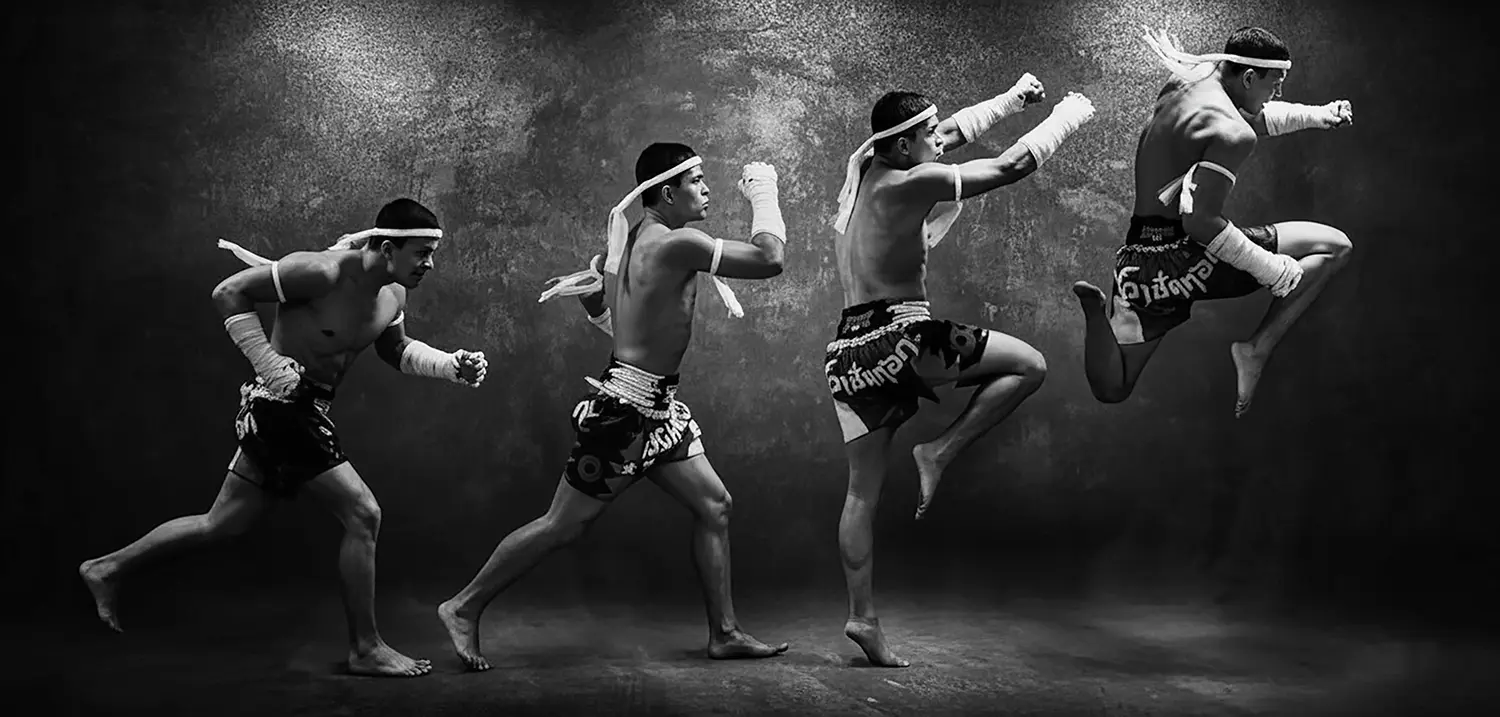
The final decades of the 20th century and the start of the 21st saw Muay Thai achieve unprecedented global acceptance and professional unity.
IFMA: Unifying the Art
As Muay Thai grew rapidly across the globe, the need for a unified governing body became essential to ensure consistency, safety, and ethical conduct.
- The Birth of IFMA (1993): The International Federation of Muaythai Associations (IFMA) was established. Its mission was to bring unity, structure, and integrity to the sport on an international level.
- The Five Pillars: IFMA instilled five universal pillars that guide the modern sport and its philosophy: Respect, Honour, Tradition, Excellence, and Fair Play. These pillars ensure that the sport’s cultural roots are never forgotten, even as it becomes highly competitive.
The Path to the Olympic Movement
The ultimate goal for any martial art is recognition within the Olympic framework. IFMA meticulously worked to standardize rules, ensure safety, implement rigorous anti-doping protocols, and promote the art globally.
- GAISF & SportAccord: Muay Thai achieved initial recognition from the Global Association of International Sports Federations (GAISF) and SportAccord, proving its legitimacy as a global sport.
- IOC Provisional Recognition: In 2016, the International Olympic Committee granted Muay Thai provisional recognition, a massive step forward.
- Full IOC Recognition (2021): Finally, in 2021, the IOC confirmed Muay Thai’s full recognition. This landmark achievement solidified its place as both a global sport and a cultural treasure on the international stage, practiced in over 158 countries.
The Enduring Philosophy: Muay Thai as a Way of Life
Today, Muay Thai is far more than an effective combat sport. It is a philosophy that shapes character and guides behavior both inside and outside the ring.
- Discipline and Resilience: Training for Muay Thai demands immense discipline and physical resilience, skills that translate directly to success in life.
- Humility and Gratitude: The unwavering adherence to the Wai Khru ritual ensures that fighters never forget the importance of humility, gratitude toward their teachers, and respect for their opponents.
- Thailand’s Gift: From the dusty training camps of ancient Siam to the high-tech stadiums of Bangkok and the Olympic arenas of the world, Muay Thai endures. It is a powerful legacy of courage, artistry, and the indomitable human spirit—a gift from Thailand to the world.
To step onto the mat and begin training Muay Thai is to connect with a thousand years of history, and to witness a professional bout is to feel the very heartbeat of Thailand. The story of Muay Thai is still being written, and its future on the global stage is brighter than ever.
